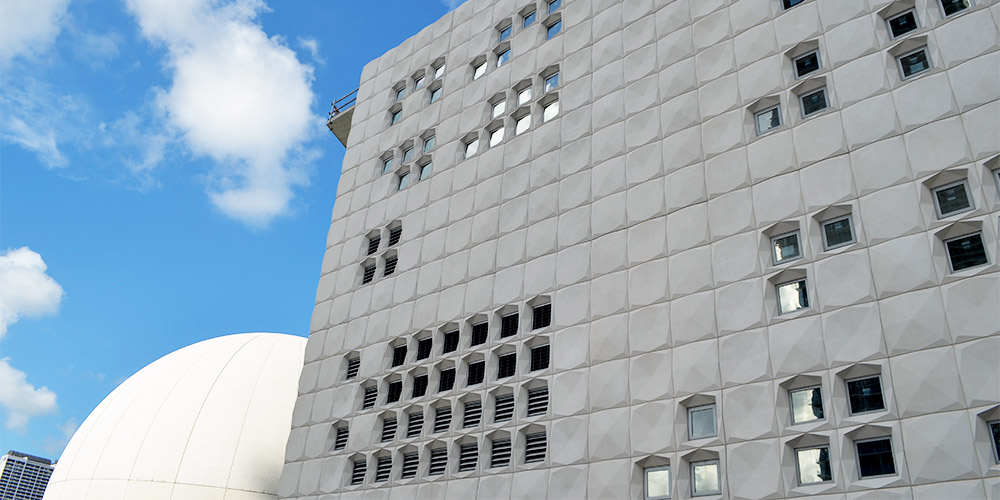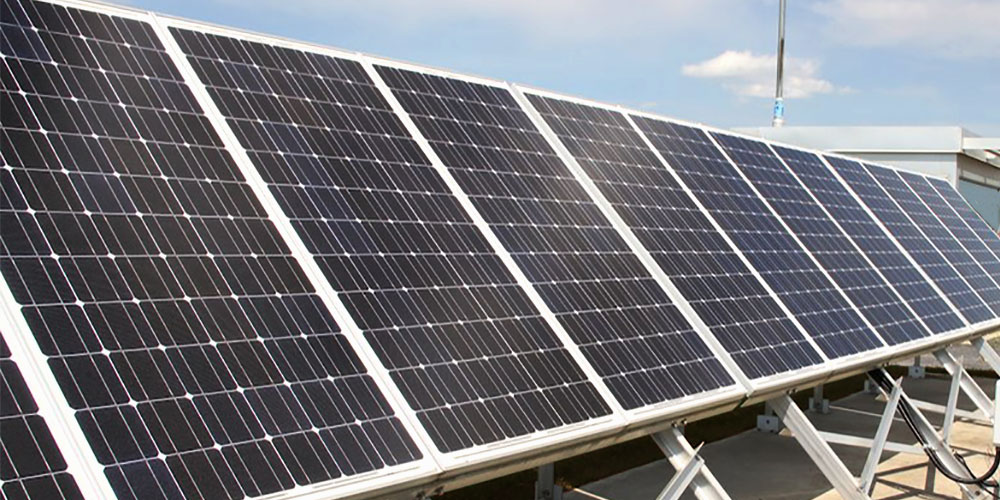
Sustainability is at the heart of the Frost Science mission. Part of that mission is understanding how we affect the environment, how it affects us and how innovation can lead to a better future. This is especially important given Miami’s unique location on a narrow strip of land between the ocean and the Everglades.
While Frost Science programs raise awareness of positive steps every visitor can take to improve the environment, the building and grounds are designed to express the best practices in green building design, construction and operation, as well as utilizing the latest green technologies.
In April 2019, Frost Science was awarded LEED (Leadership in Energy and Environmental Design) Gold Certification for its outstanding practice in the design, construction and operation of a sustainable and energy-efficient facility. The LEED rating system, developed by the U.S. Green Building Council (USGBC), is the foremost program recognizing buildings, homes and communities that are designed, constructed, maintained and operated for improved environmental and human health performance. Below are some of the green aspects of the new building:
People
- custom control of lighting and HVAC systems
- indoor air quality monitoring
- active occupants program–encouraging visitors and staff to make healthier choices in their daily lives
- green cleaning program using natural and non-toxic cleaning agents and ergonomic cleaning equipment
Site
- strong public transportation via bus and onsite Metromover stations
- under-building parking to prevent heat islands typically caused by parking lots exposed to direct sunlight
- electric vehicle charging stations for six electric vehicles
- green space and open space with adjacent park and plaza
- wetlands to provide collection and natural treatment for storm water runoff from the site
- redeveloped brownfield

Water
- low-flow plumbing fixtures
- low-flow irrigation systems
- rainwater collection for use as HVAC makeup water and to irrigate the rooftop gardens (estimated 350,000 gallons per year in city water savings)
- graywater collection for toilets and urinals (estimated 250,000 gallons per year in city water savings)
Energy (estimated 27 percent savings from similar building type)
- increased building insulation
- energy recovery in HVAC systems
- demand control ventilation
- efficient LED lighting, lighting controls and daylight dimming systems
- natural ventilation and lighting in exterior galleries
- white and green roofs to reduce interior HVAC needs and reduce the heat island effect
- premium efficiency motors and variable frequency drives for pumps in aquarium life support system
- multi-stage chillers
- increased building data collection for operations management and to share with guests and researchers
- rooftop solar farm constructed with photovoltaic solar panels donated by Florida Power & Light Company (FPL), generating power for the building
Building Materials and Construction
- rapidly renewable materials for exhibits
- regional material usage
- selection of building materials with high levels of recycled content
- use of wood certified by the Forest Stewardship Council
- low-chemical-emitting building materials and paints
- recycling of construction waste
- “blast furnace slag,” a byproduct of iron and steel production, used as concrete technology, helping Frost Science earn Gold-Level LEED (Leadership in Energy and Environmental Design) certification